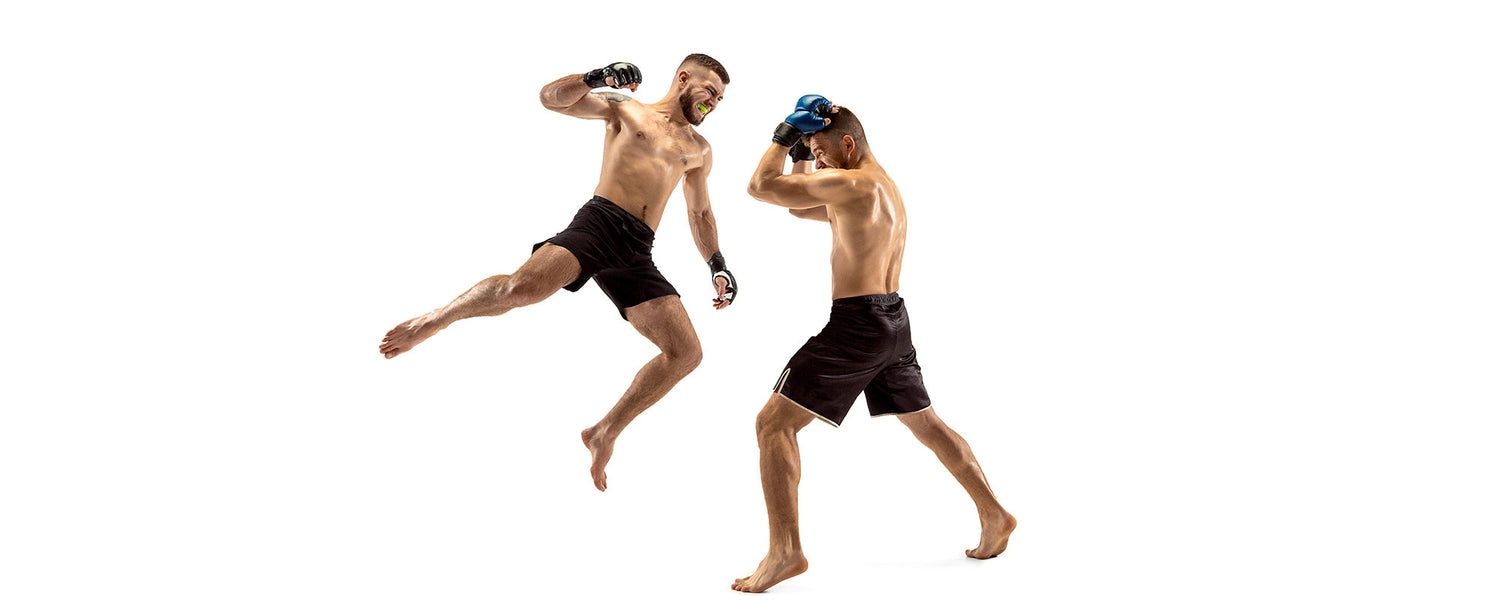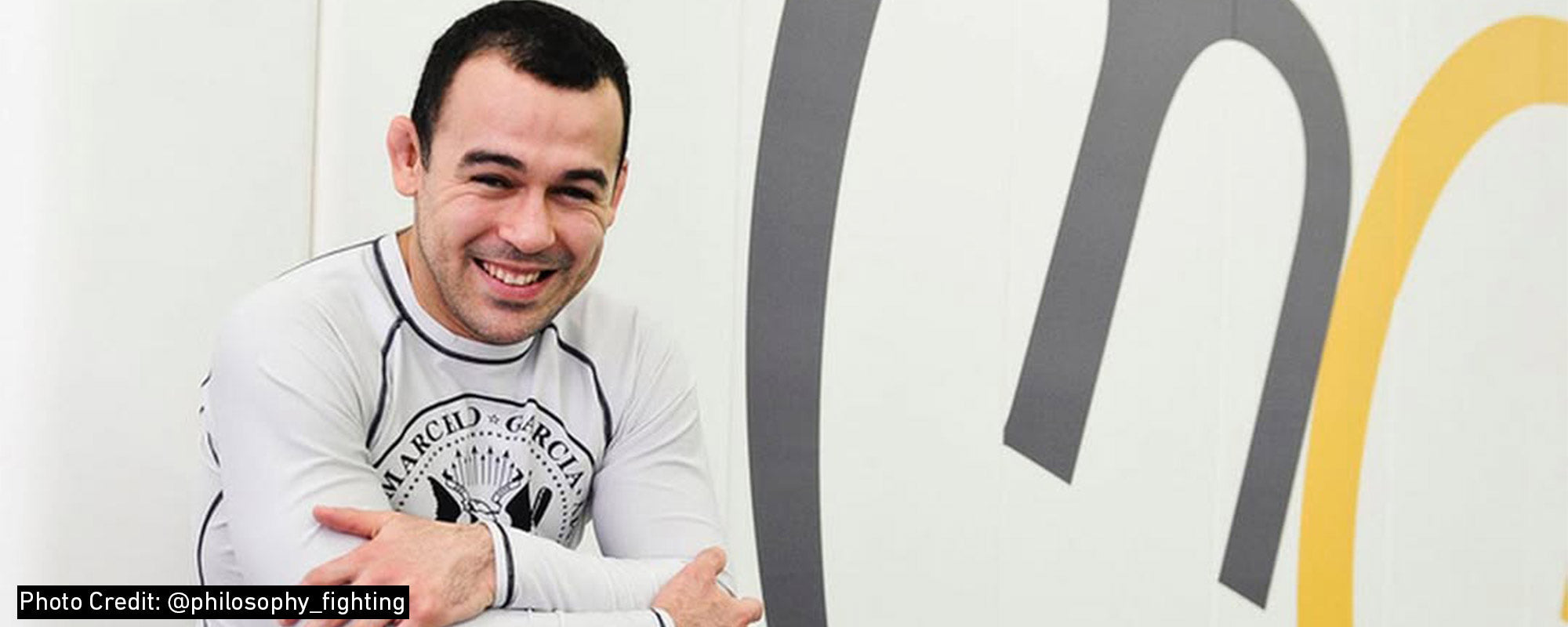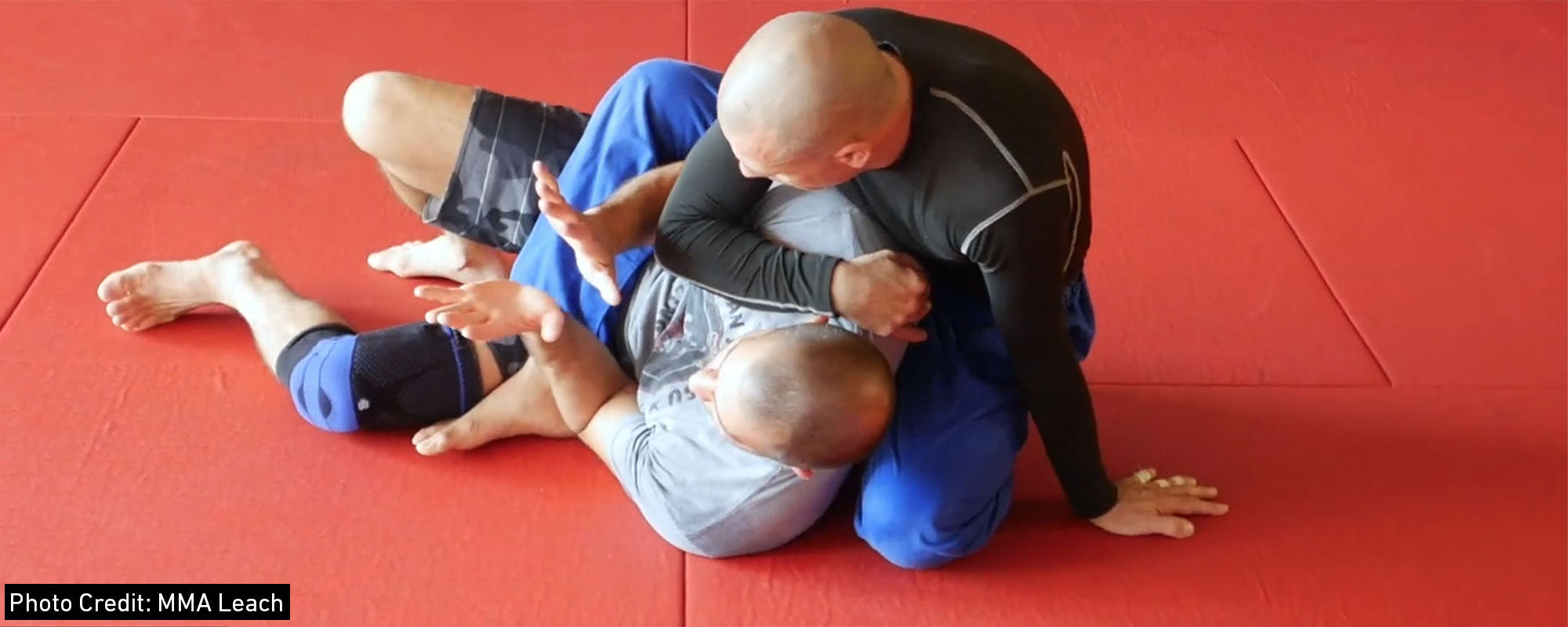Table of content
Whether you are a beginner or expert in any martial arts, you must have heard about the jumping strikes. Flying knees or jumping strikes are very powerful. One example of such a powerful jumping strike is a scissor knee. This is sometimes used in Kickboxing, Muay Thai, and other martial arts. The power of jumping strikes lies in it being scary. Through this article, you will learn how to throw the scissor knees and the perfect time and way for throwing such a powerful jumping strike.
1. What Are Scissor Knees?
- Scissor knee is a type of jumping strike used in martial arts in which a fighter jumps and brings their knees across their opponent and kicks their opponent, most commonly on their face.
- It is a very powerful technique because it helps you deceive your opponent. Your opponent has no idea what you are going to do. You just jump across your opponent’s body and kick your opponent suddenly. They are not ready for that powerful strike.

- This makes the strike even more powerful. You are jumping with both your legs in the air in a scissor kick. Both legs are in different directions. Suddenly, you bring the direction of your one leg to your opponent’s face and kick them. This is more dangerous and exerts more force than face punches. Scissor knees are also called flying knees, knee strikes, and jumping strikes.
2. Which Martial Arts Allow Scissor Knee?
Scissor knees are allowed in the following martial arts;
Mixed Martial Arts
Judo
Muay Thai
Taekwondo
Vovinam
Sanshou
All these martial arts use scissor knees, but the technique is most commonly used in Muay Thai. Muay Thai is often considered a martial art that focuses on power. And when you talk about power, scissor knees come in.
3. Scissor Knees Can Knock Out Anyone
3.1 Face Punches Vs. Scissor Knees
- What do you think can exert more force on your opponent: a punch to the face or a scissor knee? Let’s give you a hint. Have you ever seen anyone who has got a knee on their face and they are still moving and fighting? Definitely, the answer should be no.
- Even the greatest player of all time cannot suffer such a hit if the scissor knee is done properly. They cannot continue playing after getting such a hit because the force generated by the scissor knee or flying knees is so large that your opponent has to stop playing for a moment after getting hit by the strike.
3.2 No Chance to Escape
Imagine someone hits you for a strike, and you brace for impact. How would you brace? You will brace by bending your knees, lowering your level, and tucking your chin. But what if you are doing that against someone throwing scissor knee at you? You are getting hit by the scissor knee. You are going to run directly into that. In the scissor knee, your opponent will grab your head, crossing their hands over your head. They will then lower your head and then suddenly bring their knees to your face.
3.3 Force in Scissor Knees
There are two forces that are being multiplied. One force is that they are lowering your head, and the second force is that they bring your knees to their face. These two forces being multiplied will be going to destroy you. That is the reason every time when someone gets a scissor knee, they always get knocked out. Scissor knee being hit at the opponent’s face, chin, or nose all will bring the same result, i.e., knockout.
4. Variations of Scissor Knees
There are two variations of the scissor knee;
The straight knee
Scissor Flying Knee
In straight knees, you lift your one knee and then hit your opponent. Whereas in the scissor flying knee, you lift one knee, then you jump, and then you hit your opponent with the other knee. This deceives your opponent. The straight knee is easy and straightforward, not deceiving, and there are also high chances that your opponent will block this strike.
Scissor flying knee is not simple and easy. There are minimal chances that your opponent will be able to block it and that too if you are not doing it perfectly. So, a scissor-flying knee is better than a straight knee. But start practicing with the straight knee, and then after mastering it, go for practicing scissor flying knee.
5. Exercise for Practicing Scissor Knees
- You must tuck your heel to your hips in both variations, sharpening the knee. In addition to that, you should be high-fiving your knee. It's simulating, pulling down on your opponent's head and spiking them into the strike. The technique is vital but equally important because you must hit it accurately and adequately. That is where this drill comes into play.
- So start with taking any small ball. You can start with something bigger like a soccer ball or have a partner throw a soft medicine ball, and you're just going to return it with a knee strike. Another variation to this drill is juggling, just like you do with a soccer ball.
- Remember that those are upward trajectory knees, which is great for the flying knee when someone tucks their chin and lowers their head. But if you are going for the body, you must knee outward, aiming for the spine. So practice both to adapt to whatever your opponent is giving you.
- Another practice for scissor knees you can do is setting your partner by having pads covering their face. Then, throw kicks at their pads. Throw all sorts of scissor knees by stepping forward, stepping backward, and switching your knees and straight knee kicks.
6. How to Throw the Perfect Scissor Knee
6.1 Get the Perfect Height
The most important part of throwing the perfect scissor knee is getting the perfect height. In order to get that height, that is where that scissor knee comes in, the alternating knees or the switch knees. So start with an orthodox position. Your right foot is behind, and your left foot is at the front. When you are throwing the scissor knee, you will throw your left knee at your opponent. So the key to this is first push back and then move forward and get your knee up with that motion. That is when you should scissor your knee and land your left knee at your opponent’s face.
6.2 Options for Throwing the Scissor Knee
So, you have two options depending on where your opponent is standing against you. You can use the scissor and get straight up. Or you can change your direction and move forward. In the first option, you will not move forward and land your knee on your opponent’s face straight up. The second option is that you will change your direction slightly move forwards close to your opponent, and hit the knee. It also depends on where you want to land your knee at your opponent, at their face, head, or body. It all depends on you and your athletic performance.
6.3 Key to a Perfect Scissor Knee

Scissor knee or switch knee is a better way to knock your opponent out. The key to a perfect switch knee or scissor knee is tucking your heels to your hips. This will sharpen your knee. The more sharp your knee will be, the more force it will exert on your opponent’s face. Sharpening your knee will increase your chances of knocking your opponent out.
6.4 Moving Forward
Another way to make a perfect scissor knee is by making one step forward and then jumping and switching and landing your knee at your opponent. This will give you extra height. Extra height means more force on your opponent’s head, face, or body, depending on you.
6.5 Moving Backward
The last way to make the perfect scissor knee is to push back, take one step backward, and then jump and switch your knees and hit your opponent. Pushing one step backward and then jumping will give you extra height. This will also bring more force to your opponent.
7. Steps to Throw a Perfect Scissor Knee
Following are the steps to throw a perfect scissor knee;
Push back or forwards for throwing a scissor knee.
Jump to the maximum height that you can.
Tuck your heels to your hips.
Switch your knees.
Hit your opponent with your knees.

8. Last Words
Scissor knees are powerful and scary throws used in many martial arts but are most common in Muay Thai. Every martial artist should learn that throw. If done perfectly, you can knock out your opponent. But you have to make sure of two things. One is the perfect timing. You should see the opportunity for throwing scissor knees. You can’t always throw scissor knees on your opponent. You have to know the opportunity. The second thing you should see is the accurate movement and following all the steps in the order as explained. Ensure these two things, and you will get your perfect scissor knees, resulting in your opponent being knocked out.
9. Frequently Asked Questions
9.1 How Can You Throw the Scissor Knee Perfectly?
Following are the steps to throw a perfect scissor knee;
Push back or forwards for throwing a scissor knee.
Jump to the maximum height that you can.
Tuck your heels to your hips.
Switch your knees.
Hit your opponent with your knees.
9.2 What are the Other Names for Scissor Knees?
Other names for the scissor knee are jumping strike, flying knees, knee strike, and switch knees.
9.3 What are the Variations of Scissor Knees?
There are two variations of the scissor knee: the straight knee and the scissor flying knee. In straight knees, you lift your one knee and then hit your opponent. Whereas in the scissor flying knee, you lift one knee, then you jump, and then you hit your opponent with the other knee. This deceives your opponent. The straight knee is easy and straightforward, not deceiving, and there are also high chances that your opponent will block this strike.









Leave a comment
This site is protected by hCaptcha and the hCaptcha Privacy Policy and Terms of Service apply.